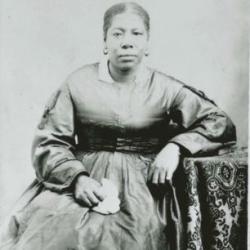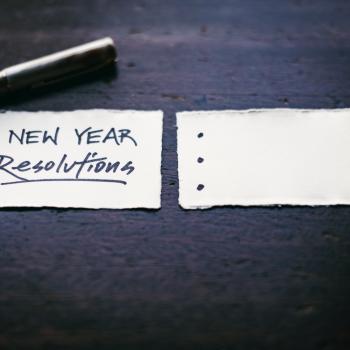My wife and I have decided on UNITY as the vision for our marriage. It is our calling card, our lighthouse, our mantra. It’s fitting because we are two incredibly different people with two incredibly different family backgrounds. We’ve learned a lot in our pursuit of unity.
One of the most important things we’ve learned is that unity does not mean conformity. Unity and diversity are not mutually exclusive. In fact, they depend largely on one another.
Mistakes
We make a lot of mistakes in our pursuit of unity. But every mistake boils down to one significant untruth: unity is total agreement.
When we come to a disagreement, we naturally want the other to see our point of view. The immature voice in our heads says that we all need to be on the same page to be unified. That togetherness is sameness.
My wife has a lot of strong opinions. Trying to uproot her just causes her to dig deeper. I’m pretty much the same kind of person. We all are. In an effort at peace, it feels as if one of us has to be passive, to lay down ourselves for the sake of harmony. But when we do this, it is an illusion, and a subtle subversion of what true unity entails.
The 3
There are three elements essential to unity. The first is acceptance. Unconditional love and acceptance. There is a difference, by the way, between acceptance and approval. If my wife murdered someone, I would not approve. I would lament and condemn her behavior. But I would visit her in jail until death do us part. I would still accept who she is, even if I did not approve of an action she took.
The second thing necessary is honesty. If one of us pretends something in order to uphold a false harmony, we’ve buried ourselves in extra layers of problem and disunity. This is why passive-aggressiveness is so prevalent in relationships today.
The third thing necessary for unity is diversity. Yeah, in order to be in unison, we have to be different.
![]()
Diversity
Unity is not about us all standing shoulder to shoulder in perfect identical formation. It is about us standing in the staggered configuration that is a true expression of our individual identities. But, as we do so, to reach at whatever angles are necessary to hold hands, to acknowledge the distances and the differences, the complexity and the simplicity, the acceptance and the acknowledgement. It is in reaching across these crooked chasms that we find the truth of unity.
Our culture’s communities are suffering because we are all stubbornly demanding that everyone be the same. We view differences as an affront to who we are. In truth, it is our differences that make us better together. It allows us to see truth from different angles. To appreciate something outside of ourselves, because none of us has a monopoly on beauty or truth or goodness.
Unification is about reaching across aisles, down crevices, through opinions. It is about being okay with being different, a willingness to express our limited knowledge and experience and receive the expression of others with genuine thanksgiving. Until we are truly diverse, we cannot be truly unified.
















